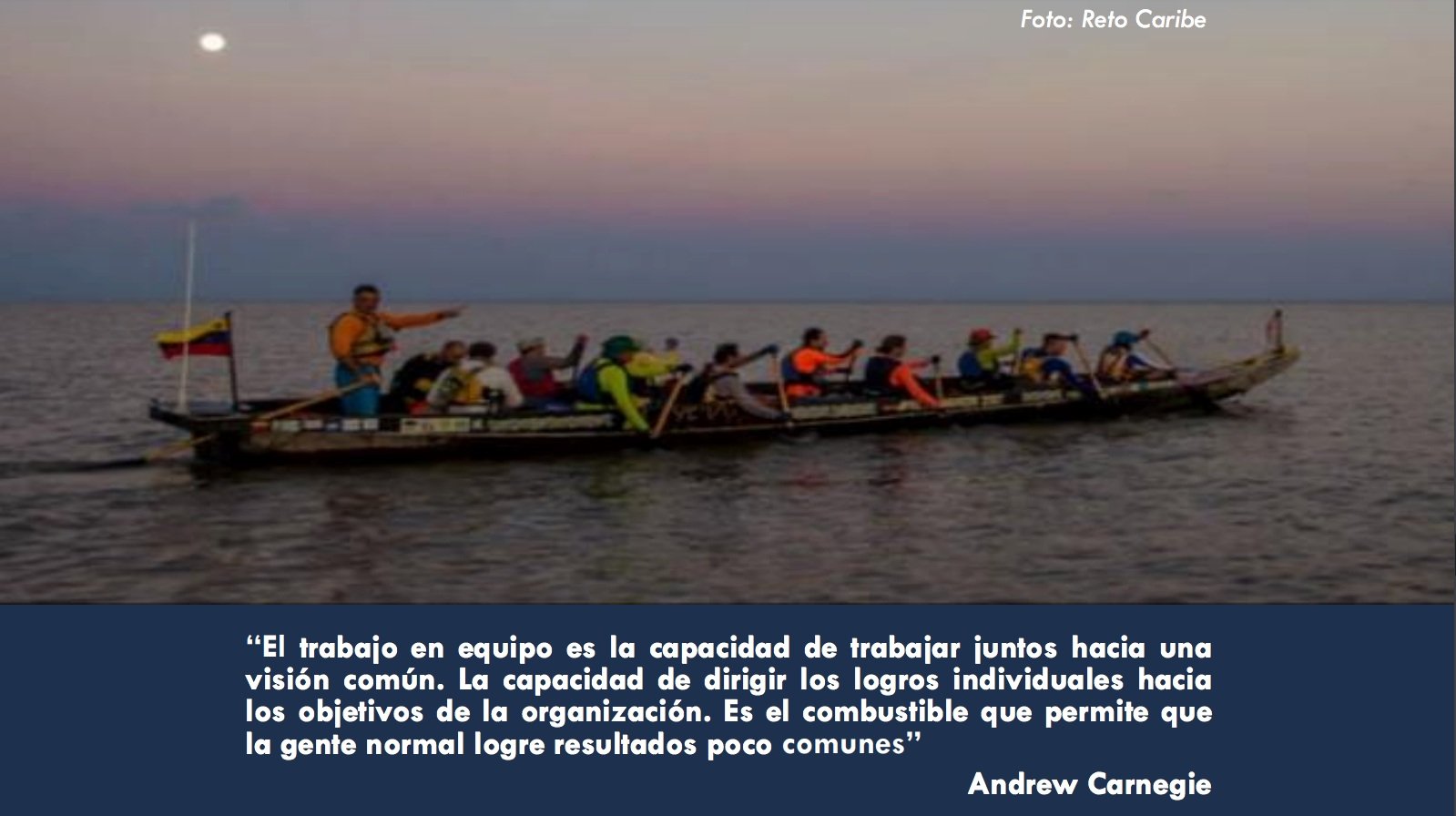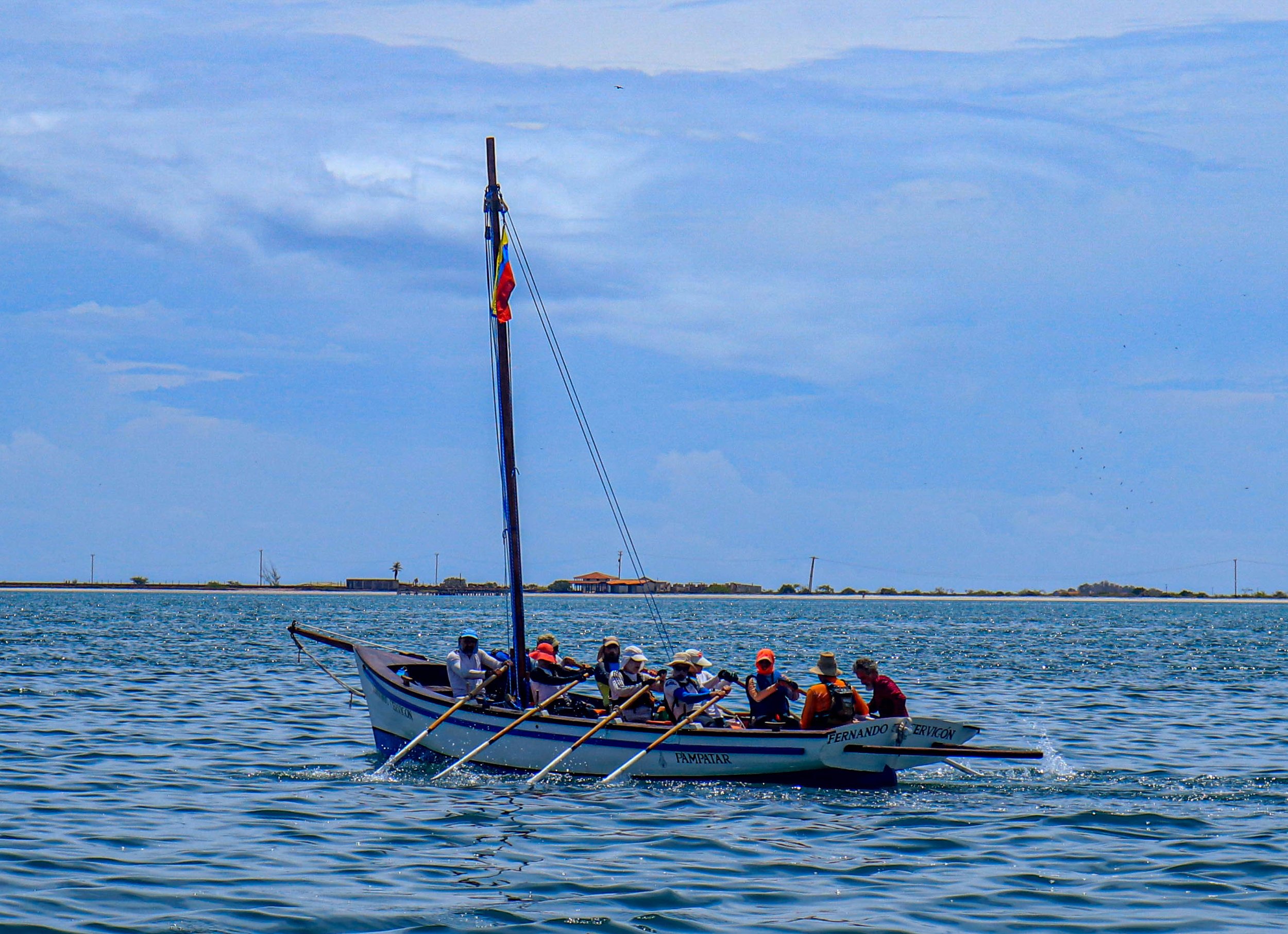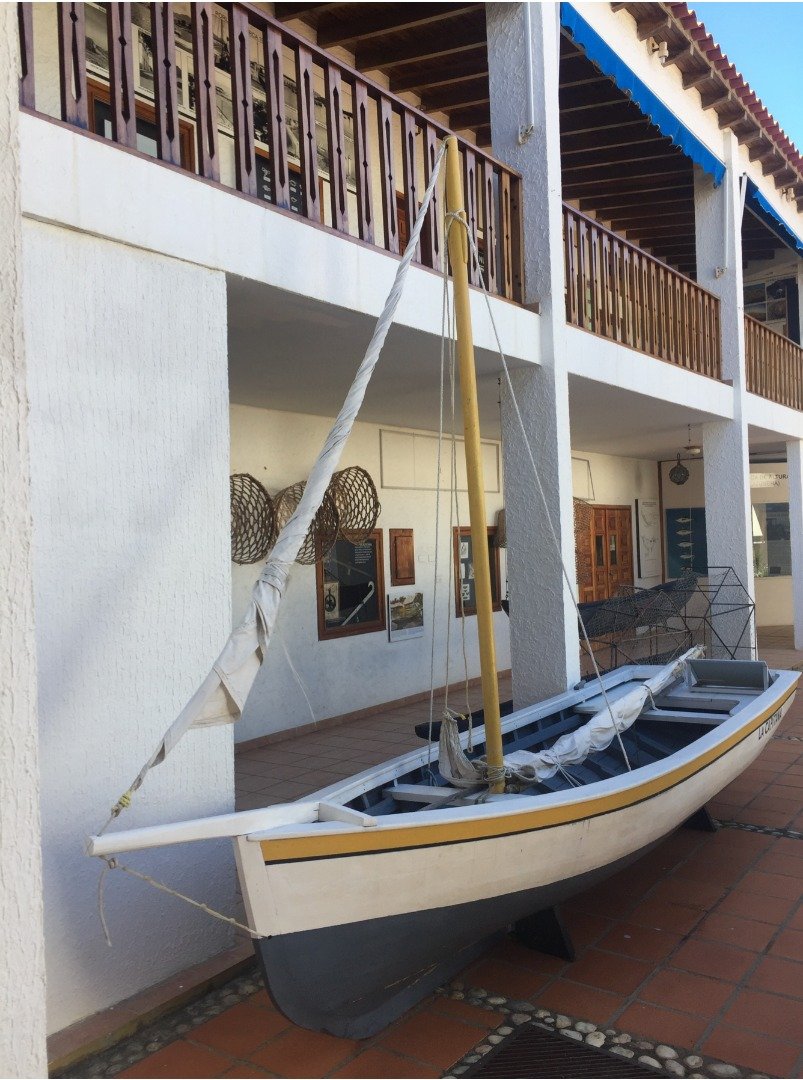Projects needing help in Funding
Help us Row this project …
PROJECT # 1
Rebirth of “La Piragua Margariteña”
What have we done so far
This is a beautiful project that started from cero researching documents and collecting antique photos that where the base for building our first 3D models of the hull, following with a 150 page construction manual to properly guide, register and follow the construction process because we don’t want to build one Piragua, we want to build one hundred! And return many grounded fisherman to the sea.
Our goal is to reintroduce the Sail powered Piragua as cost efficient alternative amongst fisherman, who have it very rough in Venezuela with soaring prices for boats and engines an innumerable other situations derived from the country’s situation . We estimate that with the cost of one equivalent engine powered boat with same utility capacities we can put three Piraguas to Sail, not only saving money, but also saving clean air.
The Caribbean and its very constant trade winds is a sailors paradise and we hope to demonstrate its potential to local fisherman .
Also of consideration, in that in an Island with huge touristic potential, the patrimonial heritage of the Piragua could fit perfectly in the new modality of cultural and historic tourism, giving it an added value not only for the tourist operators who would take their clients but specially for the fisherman who could find an additional income not only captaining the ships, but also building them, fixing the sails, doing the maintenance and so on.
The history of La Piragua from May 2020 to September 2022
Expedition Rowing Home “La Remada”
La Piragua was built in Punta Cotúa -at the end of the Gulf of Cariaco- because it was much cheaper.
The strategy was then to move it in a trailer to Margarita.
But then it occurred to me to ask my partner Pavel Alcolcer: -what if we row it home?-, to which he replied - and why couldn't we do it?- I explained to him that it could be impossible, she weighs close to two tons and has a lot of hull surface exposed to the wind to row the 170 kilometers home against wind and tide could be madness- his response marked the rest of the expedition for all of us, he told me:
“My Captain, for the impossible we only need a few more days."
So in August 2015 our tribe concentrated in Cariaco and after three days of testing we paddled the 170 km home...
PROJECT # 1
The Rebirth of “La Piragua Margariteña”
What is still to be done
The project has been slowly but always advancing for the last 4 years basically due to very limited support (and the pandemic) of funds that we have been able to put into it; As of today we have only properly paddled the Piragua and occasionally improvised sailing using a small Spinnaker Sail from a 470, a small sports sailboat 1/20th of the weight of the Piragua.
But for the Piragua to accomplish its reason to exist, we have to fit it with the original Latin Sail as pictured below at left and all its rigging.
To carry out the three major expeditions we need help to cover the expenses of the planned multi day expeditions for a crew of 6 plus ground support and documental team, we also need funding to update our on board equipment among which is our old navigation equipment (GPS), which no longer can handle the new charts, and for the production of the expedition documentaries.
PROJECT # 1
The Rebirth of “La Piragua Margariteña”
What is still to be done
Proving its Worth
We have to prove the potential of the Piragua and to do so we have planned for three of its ancient very emblematic sailing routes.
1- The first quarter of the 19th Century Pearl route to Coche & Cubagua. (30 kms)
2- The 250 km circumnavigation of Margarita, touching every one of the most important fisherman ports.
3- The 600 km route (RT) of the Margariteños who established the first permanent settlements in Los Roques.
PROJECT # 2
Restoration of “La Orejeta La Capitana”
La Orejeta was the last and the smallest fishing vessel to sail the waters of Margarita, in the case of “La Capitana” it was acquired by the Museo Marino de Margarita in 1992.
It was seriously damaged and the Museum, lacking the funds to restore decided to retire it and someone offered to take it away to be used as firewood to cook, a reality many Venezuelans live by especially in smaller communities.
Fortunately we intervened in time to save it and we are slowly restoring it.
La Orejeta can be crewed by as little as one fisherman and we thought it made sense to restore it as a simple alternative to the more complex Piragua where at least 4 persons are needed to crew it.
The idea then is to have two different options of boat sizes but also to make sure we saved the last remaining Orejeta even if after its restoration it’s basically a new boat.
La Orejeta at display in the Marine Museum of Margarita
Restoration of “La Orejeta La Capitana”
What is still to be done
When “La Orejeta” was acquired by the Museum about 20 years ago it was in very bad shape, since it was only going to be exhibited in the Museum it was restored with regular wood and paint, but after years in the sun the wood basically disintegrates by only pressing it with hand pressure and it was ready to be given away.
The Orejeta is already undergoing restoration in the hands of our allies from @Astigolca at their riverside carpentry in Cariaco, state of Sucre.
The strategy, in order to preserve its original shape, has been to replace piece by piece each segment of La Orejeta starting with the keel,
La Orejeta La Capitana arriving in Cariaco for restoration August 2022
La Orejeta replacing piece by piece to maintain its original shape
PROJECT # 3
Reto Arawak 2024-2026
2500 years ago in the Orinoco River, Venezuela, a culture identified as the Saladoids, of Arawak linguistic roots, began a population movement that culminated in the Greater Antilles. It is estimated that at contact period, one million Arawak’s lived in the Caribbean.
Since 2014 we investigate the pre-Hispanic navigation routes of our Amerindians, aiming to reliably recreate them in indigenous “Curiaras” (Wood Canoes) propelled solely by paddles.
In order to maintain scientific rigor our Experimental Archaeology Expeditions have been designed with the tutelage of a team of archaeologists, museums & Institution who endorse the project.
Following two years training a crew, manufacturing “Curiaras” and learning how to navigate them:
- In 2016, after 140 km and 29 hours paddling the open sea between mainland to Los Roques archipelago, we validated that navigations could be made to cover distances such as those between the farthest Caribbean Islands.
- In 2017, after 20 days and 670 km, we validated that long routes were also possible, departing from where our Saladoids did 2500 years ago & following their route to the Atlantic & Caribbean.
PROJECT # 3
Reto Arawak 2024-2026
After 1,000 km paddled only in our expeditions, we are now aiming to follow the Saladoids route through the Antillean arch from Trinidad to the Dominican Republic, approximately 2,000 kilometres in 90 days.
The pre-Hispanic period in the Caribbean is one of the most culturally rich but unjustly forgotten stages of our history. We want to fix this to perpetuate the memory of these daring Amerindians, telling their story through our expedition because, remembering our past strengthens our present day identity.
Our projects accomplishments so far, where presented at the 27 Congress of the International Association Caribbean Archaeology by Magdalena & Andrzej Antczak of Leiden University.
Our summary documentary “Amerindian Passion” earned a Special Mention Award at the Archaeology Film Festival Florence, Italy.
Arriving in Port of Spain in Trinidad & Tobago after four days crossing the Orinoco Delta in Venezuela
We have done extensive research, actually follow many lines of investigation and payed many visits to the Island of Cubagua where lies the first town founded by the Spanish in continental America, which later officially became “Nueva Cádiz de Cubagua”, the first city in Venezuela whose coat of arms was awarded in 1528.
The city’s grandeur, whose sole economy was based in the Pearl extraction, was evident in the architecture and it reaching a population of 1.500 souls in 1535 plus another estimated 1.500 slaves -extracting the pearls- not considered souls at the time; It is said that Charles I of Spain and V of the Holy Roman Empire, founded its conquest of the rest of America thanks to enormous riches that the pearls of Cubagua gave him.
In this city and in colonial times, the ecclesiastical representation to catechize the natives was very important and Nueva Cádiz came to have three buildings linked to this purpose. One of them, the smallest, was the Hermitage of Our lady of Immaculate Conception where a sacred image of the Virgin Mary was venerated.
PROJECT # 4
The rescue of the Hermitage of Our lady of Immaculate Conception, Original home of
La Virgen del Valle
Cities digital reconstruction by our ally Miguel Yabrudes
PROJECT # 4
The rescue of the Hermitage of Our lady of Immaculate Conception, Original home of
La Virgen del Valle
The Sacred Image of the Immaculate Conception arrived on the Island of Cubagua on December 7, 1525 on board the caravel "Santa María de La Anunciada" captained by Master Martín de Antón and received and enthroned by the priest Francisco de Villacorta.
Today only a line of rocks remain from the original building soon to disappear for good unless something is done.
Hermitage digital reconstruction by our ally Miguel Yabrudes
Actual condition of the remains of the Hermitage
To be in line with proper heritage rescue procedures we cannot rebuild the Hermit, but with the proper professional help of an archeologist we can rescue the remains with a careful excavation, build a scaled down version of the digital reconstruction of the building to serve as a Museum with very good infographics of its history.
We are convinced once recovered and due to the fact that the “Virgen del Valle” she has a tremendous quantity of worshipers we could promote peregrination visits to the Hermit to help maintain the installation and can foresee that this could be a pilot test to continue eventually with the rescue of the fabulous ruins of the city of “Nueva Cádiz de Cubagua”.
Both with an enormous potential religious, cultural and historical tourism that could mean a sustent for Cubaguas impoverished population.















